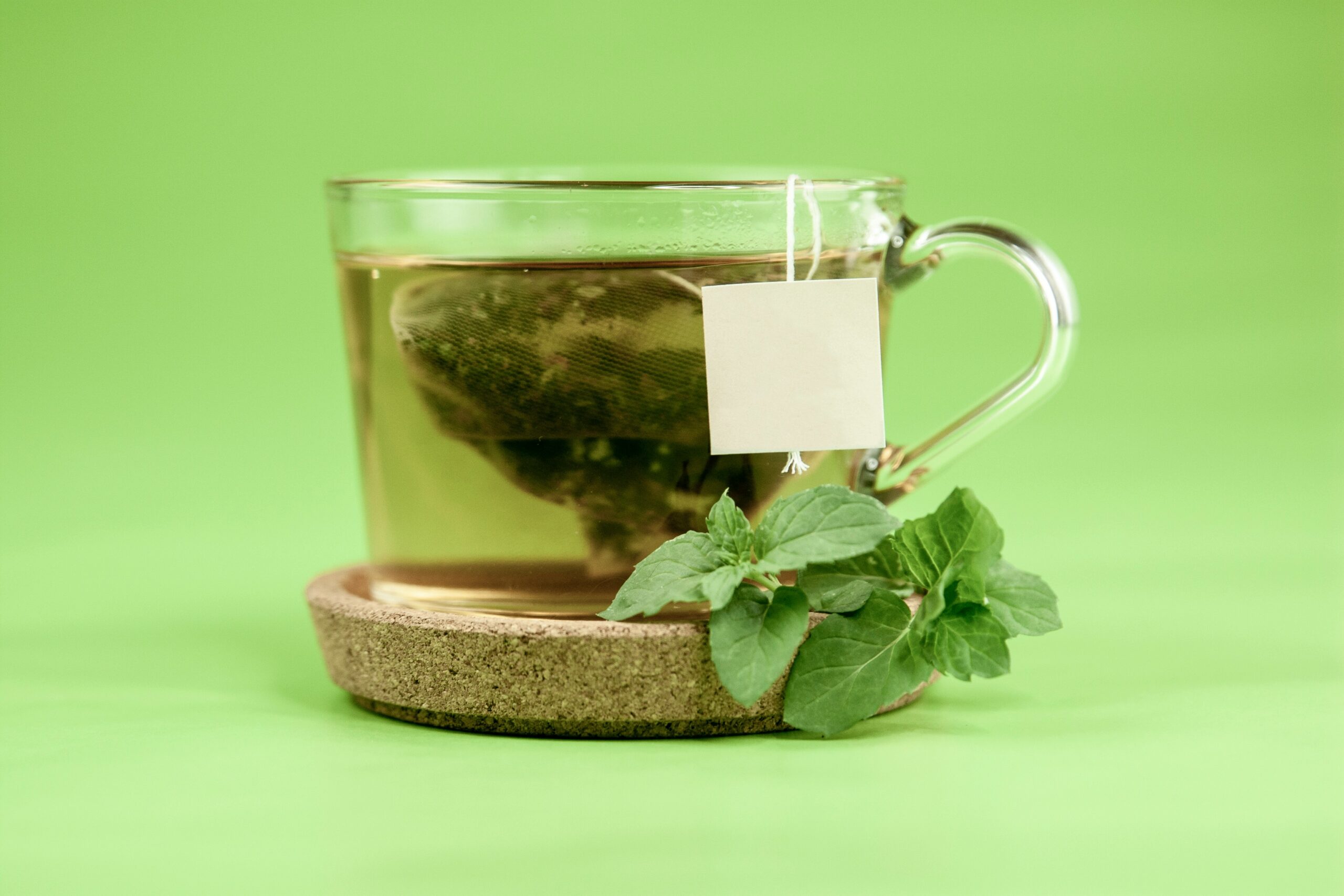When feeding your newborn becomes a daily puzzle, every drop of milk can feel like a hard-earned victory. Many parents, whether navigating early days of lactation or wrestling with the question of low milk supply, reach for supportive traditions. One such tradition—the use of breastfeeding tea—raises as many questions as it promises soothing solutions. What’s really inside that fragrant cup? How can herbal ingredients influence both the body’s chemistry and the delicate dance of milk supply? As myths swirl and medical advice evolves, parents often search for concrete, science-backed answers that fit into the unpredictable reality of postpartum life. From understanding herbal compounds to dietary tweaks, and from brand selection to monitoring subtle responses in both mother and infant, the journey is nuanced. You’ll find practical advice on breastfeeding tea ingredients, safe consumption, possible side effects, alternatives, and evidence-based breastfeeding support—plus the reassurance that every family’s path is unique.
Understanding Breastfeeding Tea: Function and Ingredients
Breastfeeding tea isn’t just another herbal blend on the market. It’s specifically designed to address lactation concerns through the use of galactagogue herbs—plants believed to stimulate the body’s production of breast milk. Curious why fennel, fenugreek, and anise pop up so frequently on labels? Centuries of anecdotal usage have granted these herbs a special place in postpartum care, and modern research, while still evolving, recognizes their physiological actions.
- Fenugreek: Possibly the most researched galactagogue, fenugreek contains phytoestrogens mimicking the body’s own hormones and can enhance milk volume for some. Yet, a distinctive maple syrup odor in sweat or urine sometimes surprises users—a harmless sign of the herb at work.
- Fennel: This aromatic seed brings a double benefit: milk-supporting effects and potential relief for maternal and infant digestion (think: less colic or gassy discomfort).
- Anise: Mild in flavor but powerful for soothing digestion, its essential oils may also gently stimulate lactation.
Looking past the headline act, other contenders step in:
- Blessed thistle and goat’s rue: Popular in tradition, suggested by some studies to support glandular function, though clinical data remains limited.
- Milk thistle and moringa: Hailed for anti-inflammatory and restorative benefits, these often join the mix in multi-herb blends for overall wellness.
Breastfeeding tea creators often add in supportive herbs—nettle for minerals and iron, lemon balm and mint for calming notes and flavor, with a warning: excessive mint (especially peppermint) could, paradoxically, reduce milk flow for certain mothers.
What about those lovely teas you brewed before pregnancy? Sage, parsley, and comfrey—herbs sometimes slipped into generic blends—carry risks. For instance, sage and parsley may dampen lactation, while comfrey contains pyrrolizidine alkaloids, posing liver toxicity danger. Kava kava and chamomile, though relaxing, remain poorly studied in breastfeeding and can trigger allergic or adverse effects in infants.
Choosing and Preparing Breastfeeding Tea: Quality, Dosage, and Safety
How do you sift through a crowded shelf of options and find the safest breastfeeding tea? A good rule: always choose brands that clearly disclose their herbal ingredients, display certified organic or non-GMO standards, and confirm transparent, traceable sourcing. This minimizes the risk of pesticide residues, synthetic additives, or mystery fillers—all of which have no place in lactation support.
Preparation matters too. To extract the herbs’ active compounds without loss, steep tea at around 90–95°C (not boiling—which can degrade delicate oils). Cover your cup to trap volatile components, and allow a good five to ten minutes for flavors and medicinal agents to infuse. A serving of 1–3 cups daily is a reasonable limit, as large doses could bring digestive upset—or, in rare cases, hypersensitivity reactions.
Rotate different blends if you make breastfeeding tea a regular part of your routine, which can help reduce overexposure to any single compound. Just as importantly, keep a watchful eye for any new symptoms: skin rashes, unusual infant fussiness, persistent digestive problems, or unexpected allergies.
Exploring Medical and Scientific Evidence: Myths, Facts, and Parental Autonomy
Does breastfeeding tea truly boost milk production? Parent experiences are diverse and research results mixed. While some studies report measurable increases in milk output after herbal supplementation, others suggest no more benefit than placebo. The placebo effect itself, however, speaks volumes: feeling supported and cared for—whether by warm liquid, ritual, or belief—can catalyze the release of lactation hormones like oxytocin and prolactin.
Even with traditional endorsements, medical experts urge caution:
- Fenugreek: Generally safe for breastfeeding, it should be strictly avoided in pregnancy due to potential uterine stimulation.
- Hormone-sensitive conditions (e.g., PCOS, endometriosis): Consult your healthcare provider before starting any lactation aid, as some phytoestrogens could interact with underlying health issues or treatments.
Some parents witness dramatic improvements, while others notice subtle or even no physical changes. The individualized nature of milk supply reflects not only the power of herbal interventions but also variations in feeding techniques, infant demand, hydration status, and rest.
Breastfeeding Tea and Infant Well-Being: Safety and Maternal Self-Care
The benefits of breastfeeding tea extend beyond biochemistry. Many mothers discover, sometimes unexpectedly, that the act of pausing to sip a hot infusion brings a moment of peace—restorative, centering, and valuable in a season marked by sleep deprivation and emotional highs and lows.
Herbs such as fennel and anise, when consumed in moderation through tea, appear to transfer mild digestive-soothing agents into breast milk. This may gently help infants facing digestive challenges, though strong clinical evidence is limited. The risk of allergen transmission remains low but real—always observe for a shift in your baby’s demeanor, new rashes, or altered stool patterns.
Essential oils, sometimes touted online for rapid milk stimulation, should never be ingested unless recommended by a specialized physician or lactation consultant; their potency far exceeds that of teas and can lead to serious toxicity.
Complementary Approaches: Dietary Alternatives and Self-Care Rituals
Not all solutions come in a cup. Dietary galactagogues—such as oats, flaxseeds, sesame seeds, and walnuts—offer secondary support for milk production and pack additional nutrients for postpartum health. Lactation cookies (a blend of oats and seeds) serve as a tasty snack that many parents swear by.
If DIY appeals, assembling your own breastfeeding tea blend from bulk herbs is possible: dried fennel seeds, nettle leaf, and aniseed create a personalized, cost-effective mix. Ensure you source from reputable sellers and verify that each herb is safe for both mother and baby.
Daily self-care practices act as often-overlooked yet powerful enhancers of lactation. Evidence underscores the primacy of frequent breast emptying—either by nursing or pumping, day and night. Skin-to-skin contact, warm showers, and deep breathing signal the body to release milk-stimulating hormones naturally.
Balanced nutrition, adequate hydration, and support from friends or postnatal groups further strengthen parental resilience. Remember: breastfeeding tea supports, but does not replace these foundational habits.
Navigating Myths, Realities, and Informed Choices
Parents sometimes hear that breastfeeding tea is a magic bullet, a guaranteed fix when supply dips. Yet, the reality is more nuanced: herbal teas offer meaningful help for some, minimal change for others, and are never a substitute for the fundamentals of supply and demand.
Other myths surface: “All herbs in teas are safe.” In fact, ingredient vigilance is non-negotiable. Some compounds are well-studied; others lurk with unverified or even adverse effects. Labels like USDA Organic or recognized European certifications add a layer of reassurance when choosing your breastfeeding tea.
Brewing and sipping can soothe nerves, create healthy hydration habits, and support the hormonal environment for lactation. Ultimately, this daily ritual is as much about nurturing emotional well-being as it is about any single plant compound.
Key Takeaways
- Breastfeeding tea, built around milk-supporting herbs like fennel, fenugreek, and anise, offers a gentle companion for boosting lactation, maternal comfort, and digestion.
- Choose only organic, certified, and transparently sourced blends—prioritize safety for both mother and baby.
- Avoid risky herbs (such as sage, parsley, comfrey, kava kava, and chamomile); use mint and lemon balm sparingly, and stay cautious with unverified exotic botanicals.
- Proper brewing—water temperature, steeping time, covered mugs—protects both flavor and medicinal benefits. Keep daily intake below three cups.
- Monitor for allergic or digestive reactions in you or your child, and trust your instincts; if you notice new symptoms, consult a professional.
- Complement breastfeeding tea with food-based galactagogues and prioritize regular, effective breastfeeding or pumping.
- There is no single, universal answer for lactation challenges—each parent’s journey is unique, supported by evidence, empathy, and choice.
- Reliable support exists: Healthcare professionals, lactation consultants, and resources like the Heloa app provide personalized advice and free health questionnaires tailored to your child’s needs.
A warm cup of breastfeeding tea can offer a moment of respite and a nurturing hand along your parenting path. Let your intuition, evidence, and support system guide you toward gentle, confident feeding—one sip, one day, one choice at a time.
Questions Parents Ask
Can breastfeeding tea be consumed hot or cold?
Absolutely, breastfeeding tea can be enjoyed either hot or cold based on your preference. Warm tea often provides a soothing moment of comfort, which beaucoup de parents apprécient lors des journées fatigantes. If you find it more pleasant, you can let your tea cool and enjoy it iced—especially refreshing during warmer weather or if you’re prone to overheating after breastfeeding. In both cases, the important thing is to prepare your infusion as recommended, allowing adequate time for the herbs to steep and release their beneficial properties. L’essentiel est d’écouter vos besoins et de rendre ce moment aussi agréable que possible.
Are there any herbal teas that should be avoided while breastfeeding?
Certain herbal teas are best left aside while breastfeeding, even if they seem harmless. For instance, teas containing sage, parsley, or comfrey may reduce milk supply or present health risks. Some blends with bold botanicals, like kava kava, are also discouraged because of potential side effects or insufficient research on their safety for nursing parents and babies. When in doubt, always check ingredient lists and prioritize blends clearly formulated for lactation, ideally with input from a healthcare provider. Rassurez-vous, il existe de nombreuses alternatives sûres adaptées à la période d’allaitement.
How long does it usually take for breastfeeding tea to have an effect on milk supply?
Each parent’s experience can be unique, but if breastfeeding tea has an effect, most notice changes within a few days to a week. Some may see an increase in milk supply rather quickly, while others may find that it takes a little longer—or notice little change at all. Factors like regular breastfeeding or pumping, stress levels, and overall hydration often play a role in how effective herbal teas may be. Restez à l’écoute de votre corps et n’hésitez pas à en parler à un professionnel de santé si vous souhaitez un accompagnement personnalisé.










